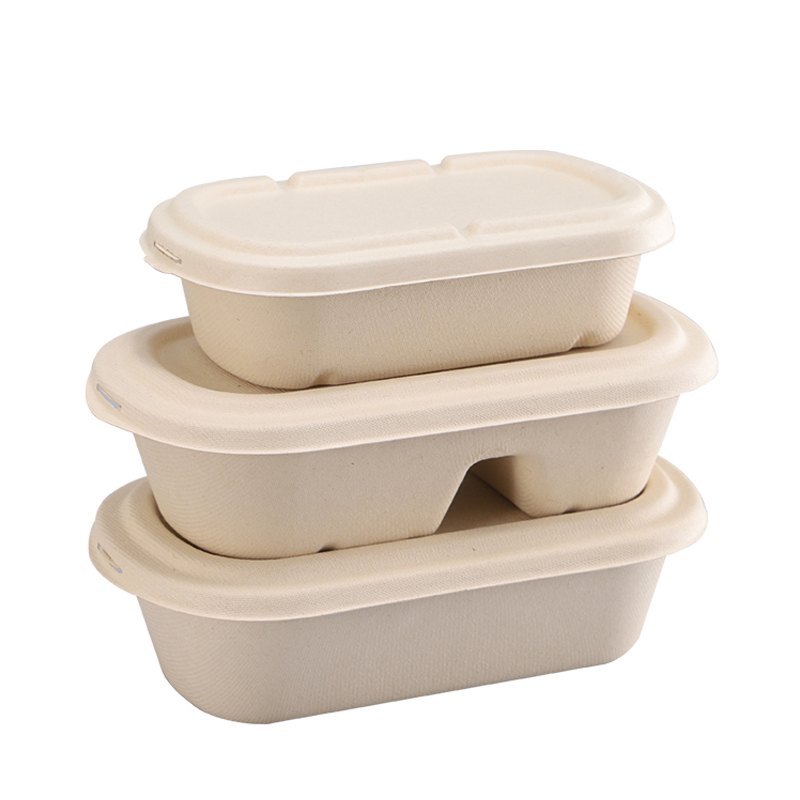Embracing Nature’s Cycle – The Preferences of Compostable Takeaway Packaging
In recent years, the global push toward sustainability has sparked significant changes in consumer behavior and industry practices. One notable shift is the growing preference for compostable takeaway packaging over traditional plastic alternatives. This shift reflects a broader awareness of environmental impact and a desire to embrace solutions that align with nature’s own cycles. Compostable takeaway packaging offers a promising solution to the pervasive problem of plastic waste. Unlike conventional plastics, which can persist in the environment for hundreds of years, compostable materials are designed to break down into organic matter when properly processed. This characteristic resonates strongly with environmentally conscious consumers who seek to minimize their ecological footprint. One of the key factors driving the preference for compostable packaging is its biodegradability. Consumers are increasingly aware of the detrimental effects of plastic pollution on ecosystems and wildlife. By opting for compostable materials, they contribute to reducing the accumulation of non-biodegradable waste in landfills and oceans.
Moreover, compostable takeaway packaging aligns with the principles of circular economy a system aimed at minimizing waste and maximizing resource efficiency. These materials can be integrated back into the earth through composting, where they decompose naturally and contribute valuable nutrients to soil health. This closed-loop approach contrasts sharply with the linear model of plastic production and disposal, which perpetuates environmental degradation. Beyond environmental benefits, compostable packaging also appeals to consumers due to its natural origins. Materials such as plant-based plastics e.g., PLA and compostable paper derive from renewable resources, unlike fossil fuel-derived plastics. This aligns with the growing preference for products that are sourced and sustainable throughout their lifecycle. Furthermore, the aesthetic and functional qualities of compostable packaging are increasingly competitive with traditional plastics. Advances in technology have enabled manufacturers to create durable, leak-resistant containers and wrappers that meet the practical needs of food service businesses and consumers alike. This innovation has helped overcome previous concerns about the performance of compostable materials, making them a viable choice for a wide range of applications.
 In terms of consumer perception, compostable packaging often carries a positive association with eco-friendliness and responsible consumption. Businesses that adopt these materials demonstrate a commitment to environmental stewardship, which can enhance brand reputation and customer loyalty. As sustainability continues to influence purchasing decisions, compostable packaging provides a tangible way for businesses to differentiate themselves in a crowded market while appealing to environmentally conscious consumers. However, challenges remain in scaling up the production and infrastructure needed to support widespread composting of these materials. Effective composting requires specific conditions of temperature, moisture, and microbial activity, which may not be readily available in all regions. Addressing these logistical hurdles will be crucial in realizing the full potential of compostable packaging as a sustainable alternative to plastics. By embracing materials that align with nature’s own cycles, consumers and businesses alike contribute to reducing environmental impact and promoting a more circular economy. As innovation continues and awareness grows, compostable packaging stands poised to play a vital role in shaping a greener, more sustainable future for generations to come.
In terms of consumer perception, compostable packaging often carries a positive association with eco-friendliness and responsible consumption. Businesses that adopt these materials demonstrate a commitment to environmental stewardship, which can enhance brand reputation and customer loyalty. As sustainability continues to influence purchasing decisions, compostable packaging provides a tangible way for businesses to differentiate themselves in a crowded market while appealing to environmentally conscious consumers. However, challenges remain in scaling up the production and infrastructure needed to support widespread composting of these materials. Effective composting requires specific conditions of temperature, moisture, and microbial activity, which may not be readily available in all regions. Addressing these logistical hurdles will be crucial in realizing the full potential of compostable packaging as a sustainable alternative to plastics. By embracing materials that align with nature’s own cycles, consumers and businesses alike contribute to reducing environmental impact and promoting a more circular economy. As innovation continues and awareness grows, compostable packaging stands poised to play a vital role in shaping a greener, more sustainable future for generations to come.